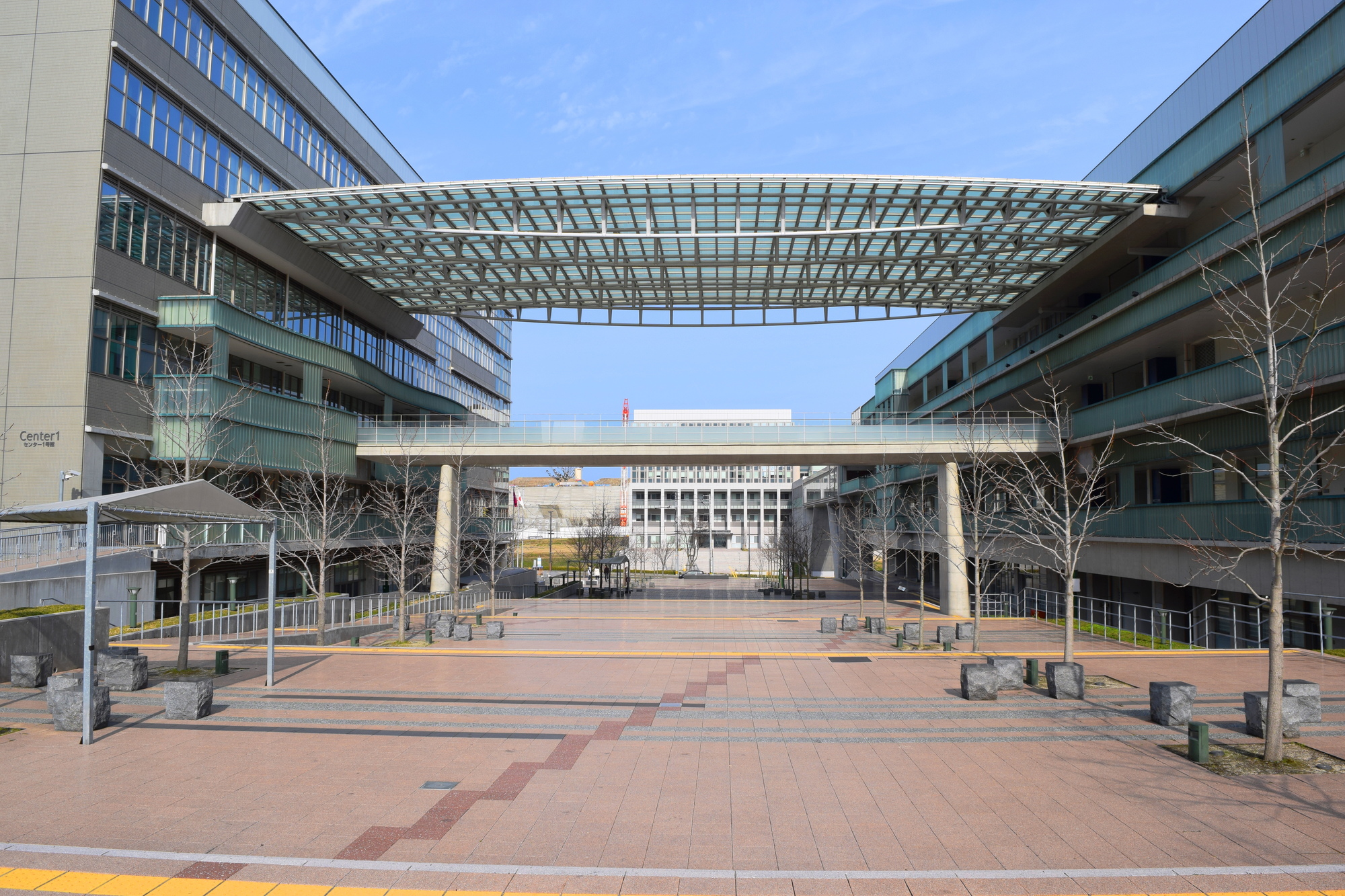Twelve years have passed since the Fukushima Daiichi Nuclear Power Plant accident that occurred in March 2011, and people are returning to difficult-to-return zones where radioactivity has been reduced through decontamination.On the other hand, radioactive cesium, which has a half-life of about 3 years, still remains, and it is essential to accurately know the state of existence and the amount of distribution around us in order to make the return home safer.
During the meltdown, a large amount of Cesium-rich microparticles (CsMP) with a diameter of several microns, which were highly concentrated with radioactive cesium, were formed and released into the environment. Since CsMP emits high radioactivity locally, there are concerns about its distribution, but like PM2.5, there are also particles that are too small to be seen by the naked eye and flow into buildings along with the atmosphere and settle.Since no data on indoor particle counts have been reported so far, groups such as Kyushu University, Stanford University, University of Nantes, University of Helsinki, Tokyo Institute of Technology, University of Tsukuba, and the National Institute of Polar Research have In 2.8, the inside of the building of Kumamachi Elementary School (closed after the accident), located about 2016 km from the nuclear power plant, was investigated for the first time.
As a result of sampling the dust remaining in the corridor and counting CsMP using a uniquely developed quantitative method, it contained more than 1 CsMP per square meter at most.The ratio of CsMP-derived radioactivity (RF value) to the radioactivity of the whole dust was about 2400% at most.
Outside the building, the RF value was uniformly around 1.5%, which suggests that water-soluble cesium was evenly deposited outdoors. , suggest that a large amount of CsMP is contained in the atmosphere immediately after the accident, and that it flows into the building depending on the opening/closing state of the building and remains as dust.
In the future, it will be necessary to grasp the distribution of CsMP inside multiple buildings using the same method, recognize their existence, and deal with them appropriately, which will lead to a safer return.


